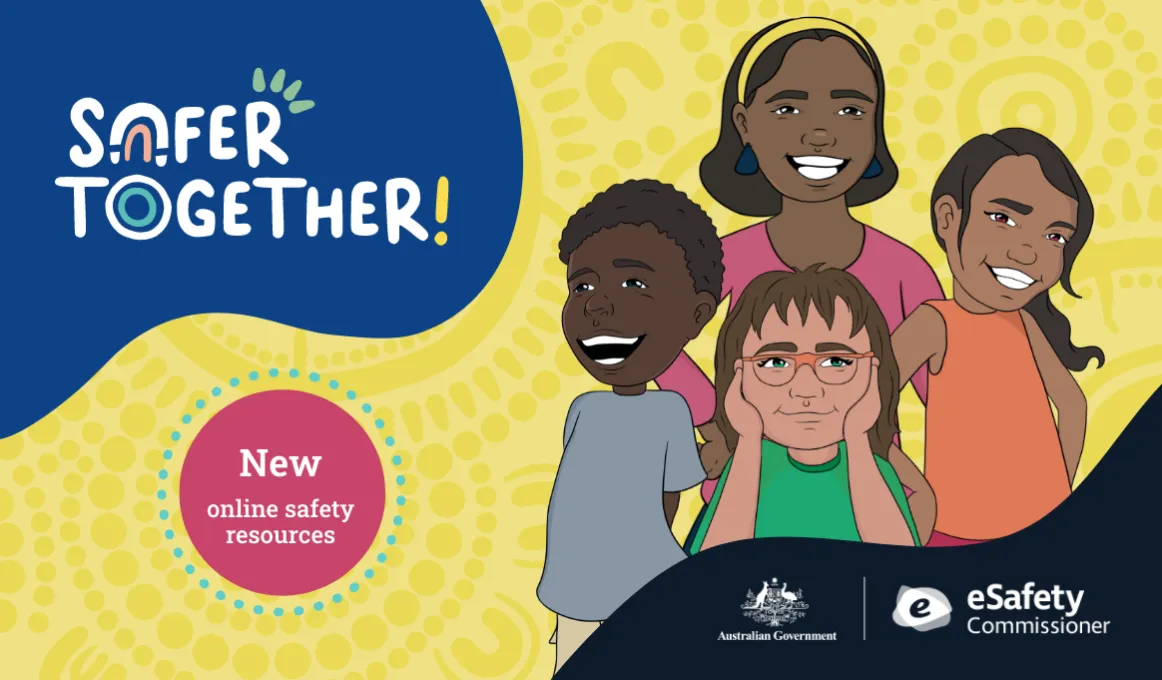Help for First Nations kids to stay safe and deadly online

New online safety guides created for (and with) First Nations children, families and carers. Featuring stories, case studies, activities and yarning cards that parents and carers can explore with their children and young people.
First Nations children and young people are using the internet in positive and powerful ways, embracing opportunities to learn, create and connect with family and community.
It is important they feel empowered to explore the online world safely, and know who to turn to, if something goes wrong.
eSafety has listened to the voices of First Nations parents, carers, children and young people who’ve said that online safety is a lesson best learnt together, as a family.
That’s why eSafety has released 2 new guides to support parents and carers in talking to children and young people about how to be safe online:
- Safer Together (for children from 5 to 12 years old), and
- Leaving Deadly Digital Footprints (for young people 13 to 16 years old).
These culturally appropriate guides provide advice on a range of online safety topics, including cyberbullying, protecting personal information, safe gaming and digital wellbeing.
To bring the online safety lessons to life in interactive and fun ways, there are stories, case studies, activities and yarning cards that parents and carers can explore with their children and young people.
With thanks to the community of Gimuy (Cairns, Queensland) for its wisdom and advice, which helped shape these new resources.
For more information: Helping kids and young people | eSafety Commissioner